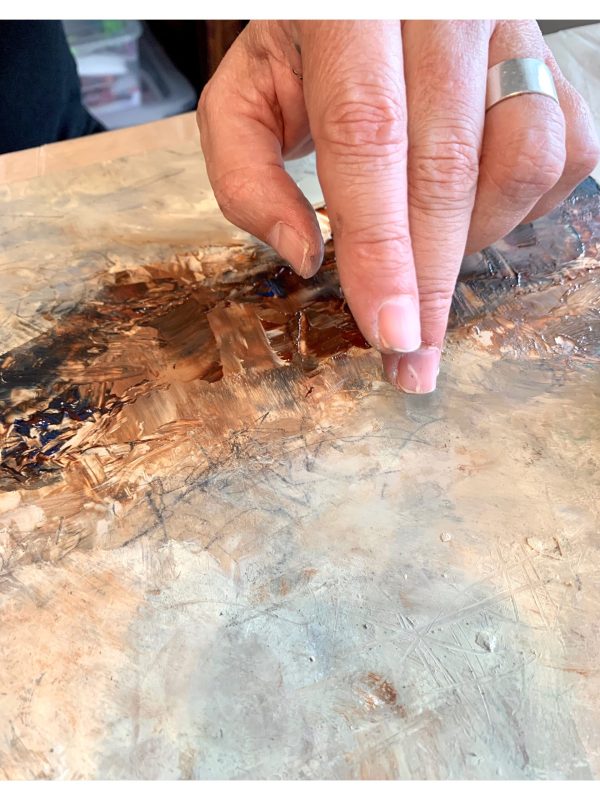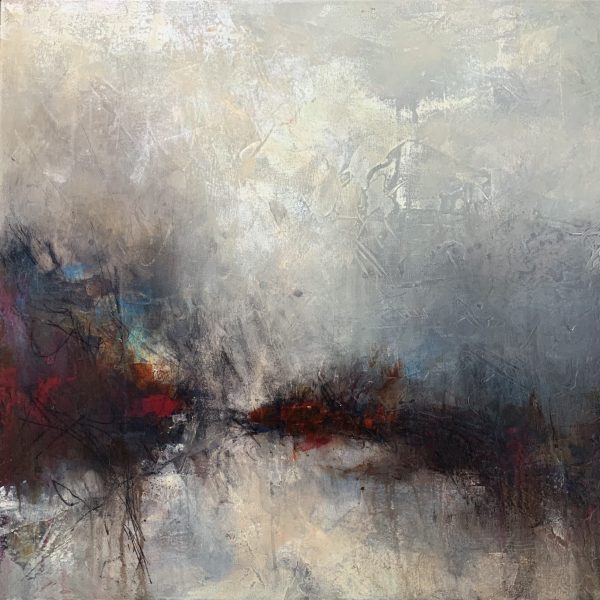Abstract Art Techniques
Exploring Abstraction: Techniques and Insights
When clients step into my gallery, one of the questions that often arises is about the abstraction in my artwork—how I achieve it and what processes I follow. Today, I want to take you behind the scenes and share with you some of the techniques I employ when facing a blank canvas.
Initial Vision and Preparation
Before I even touch a brush or any other tool, I have a rough idea of the colors I intend to use. This initial concept guides my journey, though it remains flexible as I progress. Drawing inspiration from photographs and elements of the scene, I delve into the principles of abstract art. As I typically paint sea and landscapes, I begin with those individual elements first, aiming to capture the essence of the final result rather than its exact form. Music is essential throughout this creative process—it’s a non-negotiable part of my environment, influencing and enhancing the symbiosis between my art and the melodies that fill the space. Whether it’s electronica pulsing or the raw energy of Marilyn Manson, the music sets a rhythm that drives my artistic expression.
Unconventional Methods and Creative Freedom
I don’t follow the rules at all; my process lacks order. I rarely use a brush, preferring instead to mix oil and water, and make marks with unconventional tools like rags, sponges, even my fingernails. My approach is frenetic, almost hurried. At this stage, I never consider the canvas having a top or bottom. I step back frequently, viewing it from a distance, akin to chefs tasting their dishes during preparation—the tasting phase.

Building Depth and Substance
Layering colors endlessly isn’t a concern; the canvas needs substance. The more added, the more substantial it grows. Retain what works, remove what doesn’t. Remember, there are no mistakes in abstract artwork—it’s yours to own.
Crucial Techniques and Advice
A crucial piece of advice: paint from your shoulder, not your wrist. Practice this, making your arm an extension of your paintbrush.
Final Touches and Reflection
For the final stage, I bring everything together with minimal adjustments to the mediums on the canvas. This might involve adding simple, thin lines using charcoal or a fine brush.
Embrace the Journey
Most importantly, enjoy the process. There are no mistakes to be made. Abstract art is about exploration, experimentation, and embracing the unexpected. It’s about finding your unique voice and expressing it boldly on the canvas.
Conclusion
Creating abstract art is not merely about painting; it’s a journey of exploration and discovery. It’s about embracing the unknown, pushing boundaries, and finding beauty in unconventional forms. Whether you’re a seasoned artist or an admirer of art, I encourage you to approach abstraction with an open mind. Let music guide your brushstrokes, let experimentation shape your technique, and let the canvas be your playground of infinite possibilities. In the end, abstract art is not just about what you see—it’s about what you feel and how it resonates within you.
—so go ahead, and paint your story.




